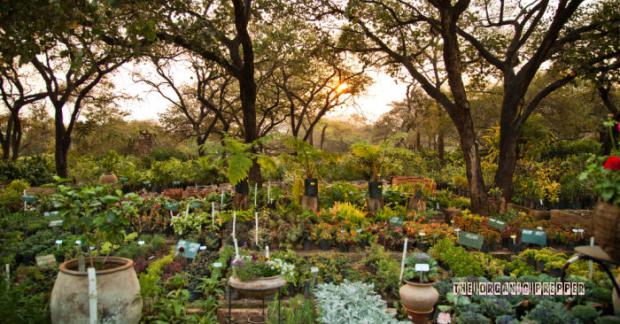
Breaking News
 This roof paint blocks 97% of sunlight and pulls water from the air
This roof paint blocks 97% of sunlight and pulls water from the air
 'Venomous' Republican split over Israel hits new low as fiery feud reaches White House
'Venomous' Republican split over Israel hits new low as fiery feud reaches White House
 Disease-ridden monkey that escaped from research facility shot dead by vigilante mom protecting...
Disease-ridden monkey that escaped from research facility shot dead by vigilante mom protecting...
 Hooters returns - founders say survival hinges on uniform change after buying chain...
Hooters returns - founders say survival hinges on uniform change after buying chain...
Top Tech News
 The 6 Best LLM Tools To Run Models Locally
The 6 Best LLM Tools To Run Models Locally
 Testing My First Sodium-Ion Solar Battery
Testing My First Sodium-Ion Solar Battery
 A man once paralyzed from the waist down now stands on his own, not with machines or wires,...
A man once paralyzed from the waist down now stands on his own, not with machines or wires,...
 Review: Thumb-sized thermal camera turns your phone into a smart tool
Review: Thumb-sized thermal camera turns your phone into a smart tool
 Army To Bring Nuclear Microreactors To Its Bases By 2028
Army To Bring Nuclear Microreactors To Its Bases By 2028
 Nissan Says It's On Track For Solid-State Batteries That Double EV Range By 2028
Nissan Says It's On Track For Solid-State Batteries That Double EV Range By 2028
 Carbon based computers that run on iron
Carbon based computers that run on iron
 Russia flies strategic cruise missile propelled by a nuclear engine
Russia flies strategic cruise missile propelled by a nuclear engine
 100% Free AC & Heat from SOLAR! Airspool Mini Split AC from Santan Solar | Unboxing & Install
100% Free AC & Heat from SOLAR! Airspool Mini Split AC from Santan Solar | Unboxing & Install
 Engineers Discovered the Spectacular Secret to Making 17x Stronger Cement
Engineers Discovered the Spectacular Secret to Making 17x Stronger Cement
How to Create a Food Forest in Your Backyard

Creating a food forest in your own backyard is a great way to produce your own food, reduce your carbon footprint, and create a sustainable living environment. A food forest is a low-maintenance, sustainable system that mimics a natural forest ecosystem, with layers of plants that work together to provide food and other benefits.
In this article, we will discuss the steps you can take to create a food forest in your own backyard.
Step 1: Assess Your Site
The first step in creating a food forest is to assess your site. Look at the soil type, topography, climate, and existing vegetation to determine which plants will thrive in your environment. Consider the amount of sunlight your site receives each day, as well as any natural water sources or drainage patterns. You may also want to conduct a soil test to determine the pH and nutrient levels.
Assessing your site is a crucial step in creating a food forest, as it will impact the success of your project. You need to consider several factors such as soil type, topography, climate, and existing vegetation.
Soil type: The soil type will determine what kind of plants will thrive in your area. For example, if you have sandy soil, you will need to choose plants that are adapted to grow in that environment. To determine your soil type, you can conduct a soil test and look at the soil texture.
Topography: The topography of your site will impact the water flow and drainage patterns. You need to consider how water flows through your site and where it collects. This will help you design your food forest to capture and manage water efficiently. Another important point here is concealment. Using the terrain in your favor you can avoid many problems.
Climate: The climate of your area will determine what kind of plants will grow well. You need to consider the average temperature, rainfall, and growing season. You can research your area's USDA hardiness zone to determine which plants are suitable for your area.
Existing vegetation: You need to consider the plants that are already growing in your area. If you have a lot of trees, you may need to design your food forest around them. You can also incorporate existing vegetation into your food forest design and choose plants that complement them.
By assessing your site, you can determine which plants will thrive in your area and create a food forest that is sustainable and low maintenance. It is important to choose plants that are adapted to your area to ensure the success of your food forest.



